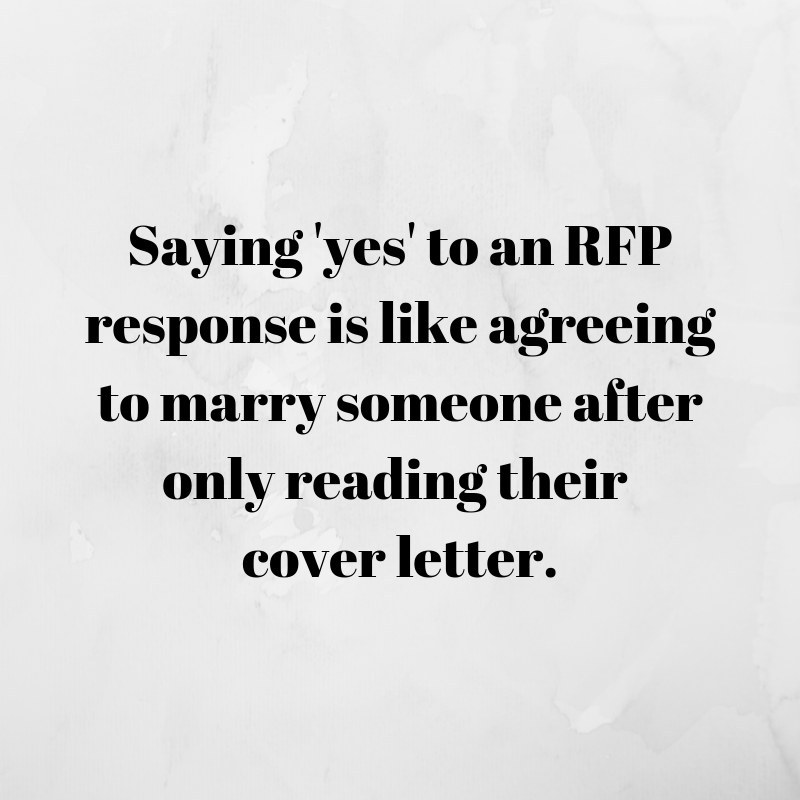Read, Right and True: Content Readability

What matters most with content?
If you can read it.
Visible Thread recently released its 2019 Asset Management Website Clarity Index (admittedly the name should be more concise). But the main takeaway from the report is that the written digital content on most industries’ websites is simply too hard to read.
Why does this matter?

Convoluted, dense language on your site is not just bad for SEO but actually diminishes audience trust and brand loyalty. If a user doesn’t understand what you’re saying, they’re not going to stick around.
The top pain points for readability continue to be:
- Too much industry jargon: there are certain technical terms any industry has to use but your services/products still need to be clearly explained.
- Overly long sentences: this is an easy fix — either condense your sentences and/or break them up into a series of smaller ones.
- Overuse of the passive voice: for example, write: ‘We help our customers’ instead of ‘Our customers are helped.’
These problems all culminate in sites and content that come off as impersonal in tone and therefore don’t connect with audiences.

The Key is Transparency
Lower trust and loyalty levels mean organizations will spend more time, energy and money to attract and retain users. At the same time, audiences are demanding clarity and transparency from organizations and their messaging.
According to the VT index, sites for industries ranging from Financial Services, Energy and Healthcare read around the same level as the Harvard Law Review. This is not a good thing.
Common Content Misconceptions
- Content has to be University-level in order to sound professional
- Sophisticated audiences will still understand overly complex language
Crucial Content Facts
- There’s nothing more professional than clear content
- No matter how advanced your users, they don’t want the cognitive overload of dense, obtuse content when they check out your site
Readability Tools:
Bottom Line: More readable content will improve conversion rates and lower acquisition costs — you’ll also be light years ahead of your competition.
Do you want to be challenged by the content of a website? No — you want to understand what you’re reading.
Your users feel the same way.
Request for Progress
Do you ever cozy up by the fire with a fresh pumpkin spice latte and a good RFP?
Doubtful.
RFP’s (Request for Proposals) remain a business requisite but unfortunately, the process is fraught with problems. These documents are meant to vet potential agency candidates for clients but they often remain unclear in articulating what organizations’ actual wants and needs are for any given project. Again, the readability and clarity of these proposals are paramount.

Thankfully, there is space to improve. The two takeaways that an RFP should surface are:
- How well the firm/agency understands your industry
- How experienced they are in solving your problems and maximizing your goals
These tips below can help ensure a better RFP experience for both client and agency.
RFP Guide
Always make sure to address/answer the following:
- What does your association, nonprofit or corporation do and who is your audience?
- What is your mission/philosophy/brand and what story are you trying to tell?
- What is your budget? Budgetary transparency leads to finding an agency that is the best fit, along with prioritizing your needs and what services you’ll be requiring.
- What are your main goals for a redesign? Why do you need one? What will a redesign accomplish for your organization?
- What are your main pain points for the current website or web application?
- What don’t you want?

The Phone is a Good Call
Here’s an analog user experience trick that will save you a lot of time, budget and stress during the RFP process.
Find some agencies and set up a few calls with them. If any agency is worth their code in 2019, they’ll have a UX and Strategy team that can collaborate with you in these early stages. An interview allows the client to learn about the agency’s character, strengths, culture, process and how their team thinks with revealing immediacy.
You can’t outsource relationship building.
— Scott Stratten, Author and Keynote Speaker
The introductory phone call should reveal:
- The budget and what’s possible for said scope
- What kind of business relationship you want — a vendor or a true partner
- Which exact services you need
- An explanation of your current process
- If the agency/firm is a good fit
Think of every substantial relationship you’ve ever had, in business or your personal life. How did it begin? With an RFP? Probably not.
It began with a conversation.
